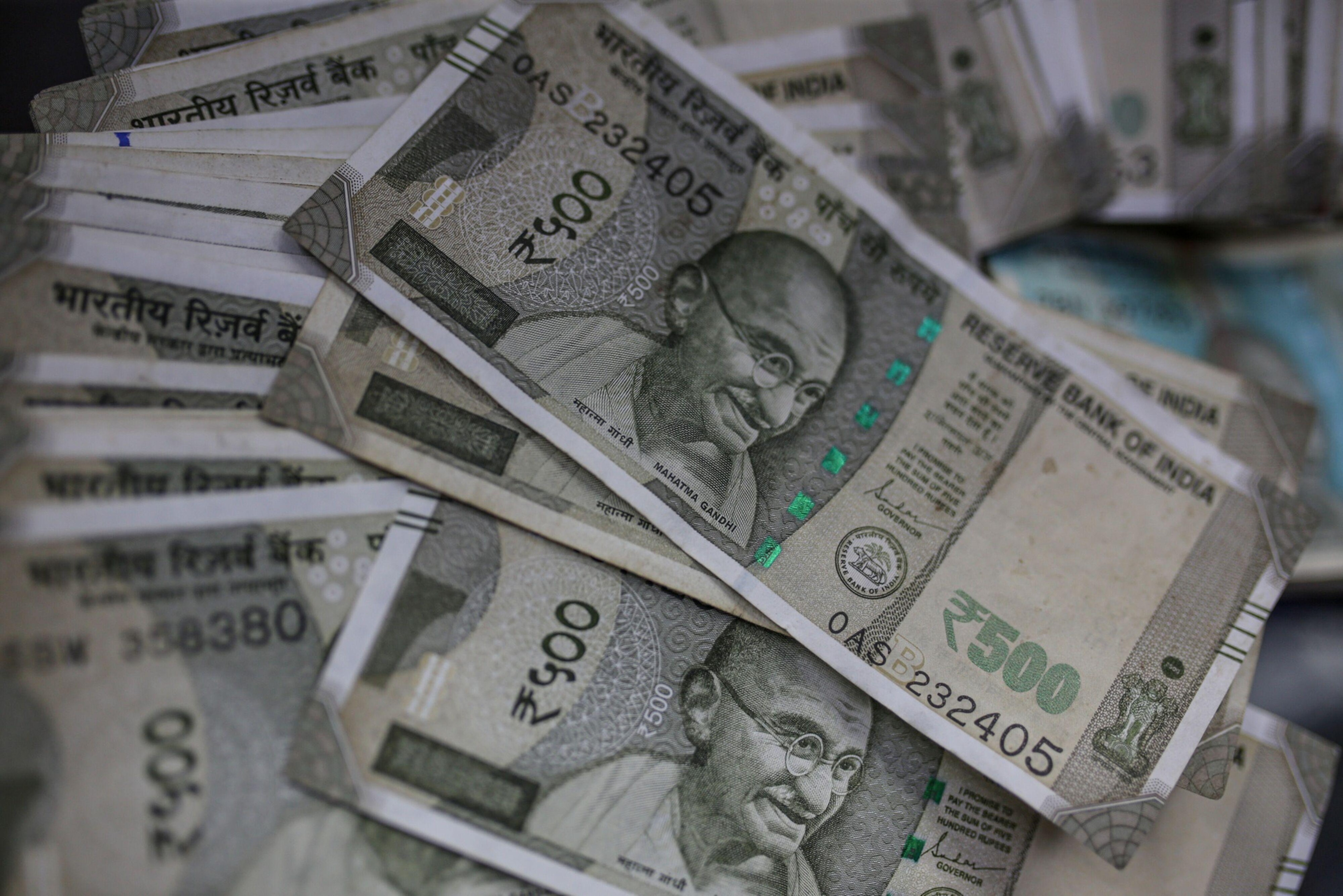By Andy Mukherjee
A year ago, there was palpable excitement in New Delhi around buying Russian crude. The Reserve Bank of India allowed foreign banks to open special rupee accounts with local lenders to encourage trade settled in its home currency. Moscow-based Sberbank and VTB Bank were the first to come on board. The idea was that importers would credit these accounts, whose surplus could be invested in Indian government bonds.
For sellers of Russia’s flagship Urals crude in the spot market, avoiding dollar clearance meant bypassing the Western banking system and sanctions. Yet, the plan hasn’t really worked. Russia’s banks are reluctant to accumulate balances with lenders in India in a non-convertible currency that has lost half its value against the dollar over the past 15 years. Throw into the calculation an expected annual rate of 3% to 4% currency depreciation, and earning a 7% yield on a 10-year rupee bond doesn’t seem like such a big draw.
Besides, while the US and Europe chose to ignore Russia’s flourishing trade with China and India because it helped protect their own customers from last year’s energy-market turmoil, the West still kept its finger on the kill switch. When Europe objected to a Rosneft crude-carrying ship bound for Indian Oil Corp., State Bank of India lost its nerve even though the cargo was priced below the $60-a-barrel cap imposed on the OPEC+ producer by the Group of Seven nations. The refiner had to go to another bank, and ended up paying for Russian oil … in yuan.
Bureaucrats in the Modi administration had set out to chalk up a big win for the rupee. Instead, they ended up replacing the yoke of the greenback with a new dependence on the Chinese currency. Given frosty ties between Beijing and New Delhi, it’s a national embarrassment of sorts. Luckily, the price discount is now vanishing, so India can go back to tapping its traditional energy suppliers in the Middle East.
The goal of promoting the rupee in international commerce remains intact, however. The project is to be implemented in less geopolitically contentious situations. Close to home, Bangladesh and Sri Lanka should be relatively easy to persuade. Their dollar reserves are low or depleted. Since they run a combined $15 billion annual trade deficit with India, their banks will face the opposite of the problem that Russian institutions encountered. They will have to find enough rupee deposits to cover their accounts with Indian lenders. Naturally, Bangladeshi and Sri Lankan firms will petition their larger neighbor for greater market access so they’re able to earn more of the Indian currency.
Then there are other memoranda of understanding, such as with the United Arab Emirates and Indonesia, both signed in the past week. These accords are somewhere between a wish list and a pipe dream. The basic problem is that India had a surplus with only two of its top 15 trading partners last year: the US and the UK. They will be the last to accept rupee payments. With all others, commerce was in deficit. The shortfall with Russia was nearly $37 billion. Which is why Russian lenders are balking at accumulating idle rupees. What are they going to do with those balances when there isn’t enough demand from their importers for Indian tea and other goods? Ditto for the Indonesians. What will they buy for rupees in exchange for selling the country palm oil? The UAE is wisely keeping hydrocarbons out of the proposed rupee-dirham trade deal.
When it comes to internationalizing a currency, a trade deficit is hardly a showstopper: The US is the biggest example of that. However, the medium of exchange needs to be a good store of value for the seller and the intermediaries. Even if there are currency controls for residents (like in both China and India), foreigners require uninhibited access to deep financial markets. While China’s debt market is much smaller than America’s, India’s is not even a part of global bond benchmarks, though the government has pursued index inclusion as a policy goal for years.
For foreign governments, a smaller, but more tangible attraction lies in India’s Unified Payments Interface, or UPI, a highly successful, smartphone-based domestic system for buyers to transfer money to sellers. From Paris to Singapore and Dubai, retailers could tap Indian tourists’ purchasing power, without having to pay high credit-card fees on international transactions. Linking overseas banking systems to UPI would make it possible. Although even here, the government is so determined to tax any foreign spending from the $250,000 limit it grants each resident that it’s burying the technological advantage under a mountain of red tape.
Things are already less cheery in merchandise trade, where the world’s fifth-largest economy commands less than a 2% share. When it crossed the 1% mark in 2005, Vietnam was three times less important. Now, the Southeast Asian nation’s market share has come to rival India’s, even though its population is 14 times smaller. Making India an easier place to do business, reversing the return in recent years of protectionist tariffs, allowing Indian tourists more freedom to use UPI overseas without having to bother about the taxman, and deepening domestic financial markets will all yield bigger gains than promoting the local currency abroad with bilateral agreements and photo-ops.
If China, with a 13% share of world trade, can manage only a 2.5% share in global payments, then surely India should curb its enthusiasm. New Delhi’s own experiment with Russian oil should be a sobering reminder of how little sanctions have done to dethrone the US currency. As Barry Eichengreen, a University of California, Berkeley, economic historian, recently concluded after weighing the evidence, reports of the dollar’s demise have been greatly exaggerated. Internationalizing the rupee will neither be swift, nor easy. Getting swept up by slogans of de-dollarization is a waste of time and energy.
To contact the author of this story:
Andy Mukherjee at [email protected]
Disclaimer: These are the personal opinions of the writer. They do not reflect the views of www.business-standard.com or the Business Standard newspaper








































